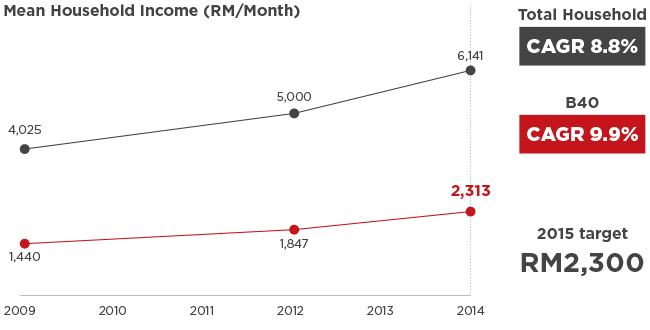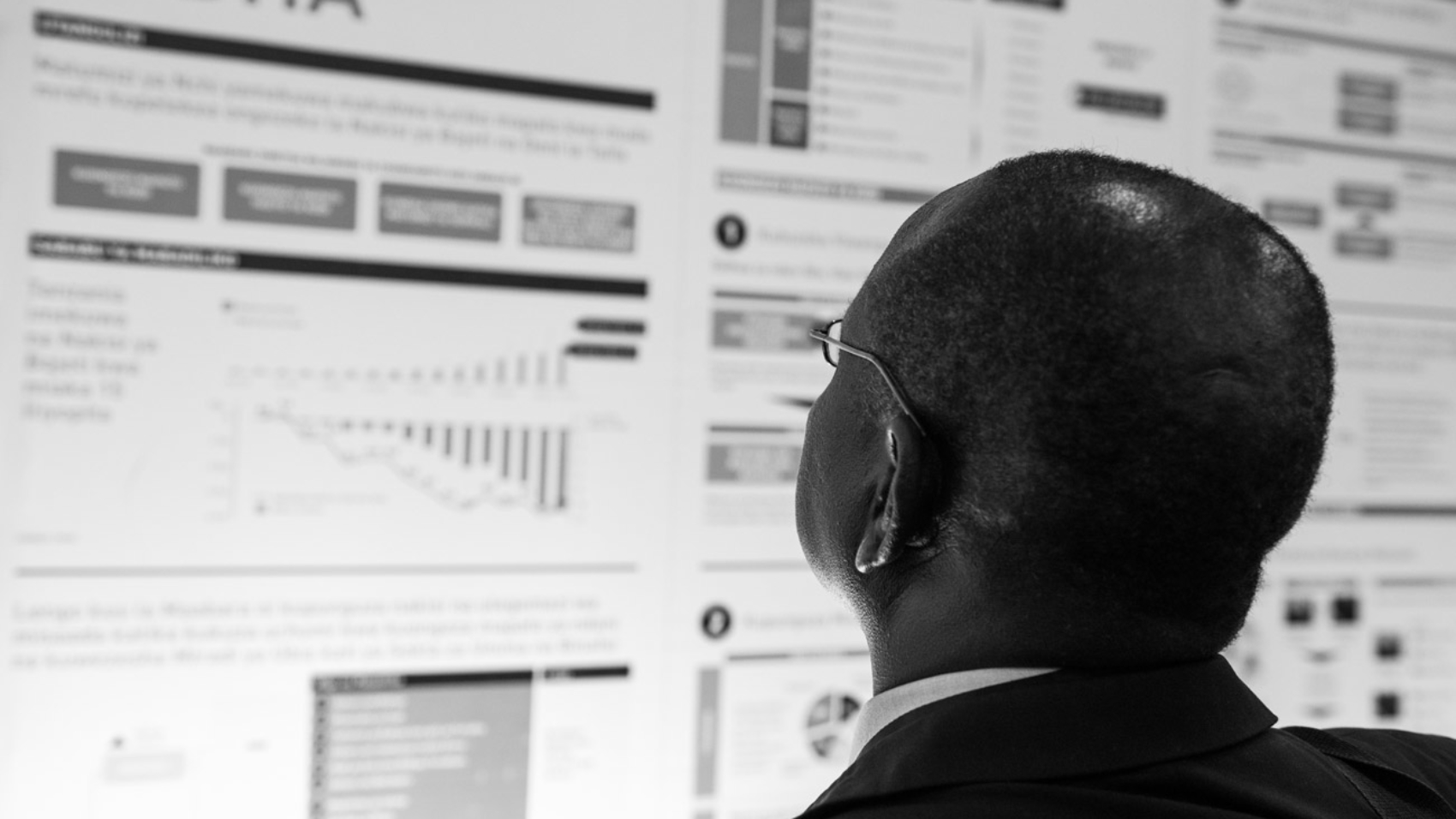The wake of the 1997 Asian financial crisis was the moment at which it became apparent, to all but the most cynical pundits, that the Four Asian Tigers did not merely survive because of luck or coincidence. It is, instead, its robust foundation that kept their economies relatively unscathed.
Between 1960s to 1990s, the Tigers — Hong Kong, Singapore, Taiwan and South Korea, created what economists called the “the Asian Miracle”, recording on average in excess of 7% GDP growth annually. At a time where most Asian countries were struggling to escape the poverty trap, The Tigers proved to the world that that it is possible for a low-income country to attain fast and strong growth, provided that the right policies are implemented.
And indeed, a miracle it is.
For decades, countries such as Brazil, South Africa, Indonesia, etc., have been diligently attempting to replicate the Tigers’ miracle without any success. These countries are currently stuck in what economists label as ‘the middle-income trap’. It describes where a middle-income nation’s economy has been stagnant for a long period of time and is struggling to transition to a high-income nation.
One of the biggest and fastest growing economies of the world, China, is also said to be stuck in the middle-income trap. Since recording an annual average GDP growth of 9.4% between 1978 – 2012, its economy recently begun to slow down, gradually slipping from 7.8% in 2012 to 6.7% in 2016, the weakest growth in 26 years.
Why the middle-income trap exists
Economists today have yet to find a prescribed path for avoiding or moving away from the middle-income trap. Hong Kong, South Korea and Taiwan, for instance, took as little as seven years to achieve it. In the case of countries like Argentina and Greece, it took more than three decades.
Based on case studies, the lack of foresight, is perhaps the biggest reason why the middle income trap exist.
For most low-income countries, after opening up and adopting a capitalist mindset, growth is attainable through the production of labour intensive and low cost products. However, as a country continues to grow, so does various aspects of its ‘supply chain’. This includes, but is not limited to, the demand of higher wages, sophistication of products and skilled human capital — all at the expense of its growing but still fragile economy.
As living standards rise, the current labour force driving the economy is also expected to shrink. Individuals with higher earnings potential will seek better-paid employment and comfortable jobs. Thus, the government will need to ensure the foundation of the economy (large, traditional industries the government rely to drive the economy forward) is not jeopardised and at the same time, actively seek for new sources of income to ensure the growth is not stagnant.
For an economy to prosper, it cannot be complacent; it has to continuously innovate and transform in order to become more competitive in high-income markets. Unfortunately, this is often costly, require skilled talents and significant investments in infrastructures.
No easy way out
The European Union (EU) was Greece’s golden ticket to high-income nation status.
Once a major centre for arts, philosophy and politics, Greece is one of the few countries which managed to escape the prison of the middle-income trap after close to three decades of stagnant growth.
To jump-start its economy post the collapse of a military dictatorship in the mid-1970, the Greek government embarked on a series of high deficit spending policies, done via heavy borrowings from various governments and international institutions.
The borrowings were made possible because of Greece’s EU membership. Despite realising that the country does not have the ability to return its borrowings, institutions and governments were still willing to make high risk loans to Greece, on the assumption that EU is the ultimate guarantor.
Greece eventually incurred an immensely high sovereign debt when its debt-to-GDP ratio ballooned to 176% in 2015, creating a major debt crisis in Europe. The unsustainable growth is also evident in other countries which were once stuck in the middle-income trap — Japan (debt-to-GDP ratio was at 248% in 2015), United States, and Singapore (both debt-to-GDP ratios at more than 100% in 2015).
In brief — there are no short cuts in breaking free of the middle-income trap, it requires long-term dedication and planning to ensure an economy’s growth is sustainable. A total of three key areas should be focused on by governments around the world.
Firstly, there needs to be policies stressing the creation of new growth engines, transforming the economy to an innovation-led, high value-added market. Instead of investing in easily imitable products and services with existing technologies, investments should be made on research and development to produce value-added products. Naturally, this has to be covered by adequate intellectual property protection. In short — one must build their own.
Secondly, countries require a robust education framework promoting knowledge and innovation. This investment needs to be substantial and implemented long-term, producing skilled workers who are able to bring the economy forward in the future and for generations to come.
Lastly, the need for advanced communication infrastructures (Information and Communication Technologies and high-speed communication networks) to promote the dissemination of information and knowledge. In the case of the Republic of Korea, the nation invested heavily in infrastructure and educational system post the Korean War in the 1950s. With a strong foundation in place, the country was able to focus on the goal of increasing international competitiveness through upscaling its technological industry (as seen in the meteoric rise of Samsung and LG in the world).
The goal here is to move up the “value chain” and growth by breaking into fast-growing markets.
Transformation principles
Once the pathway is clear, it is essential to institutionalise a transformation mindset. This is done through enforcing a set of transformational guidelines that all should adhere to.
In any transformation process, the first thing to tackle is the fear of failure. For countries which have been stuck in the middle-income trap for decades, a defeatist/fixed mindset has undoubtedly been developed. Thus, the adoption of a ‘growth mindset’ is crucial. According to Sir Richard Branson, Founder of Virgin Group, this means inculcating a mindset where one is “willing to learn, happy to make mistakes, and eager to experiment”.
This is also about ensuring one does not stay in a defeatist/fixed mindset as this will far too often, make ideas stagnate, businesses stop growing and people stop learning.
Secondly, transformation requires all to put their differences aside and work towards a single goal. For Jack Ma, the founder of Alibaba Group Holdings, one can never unify everyone’s thoughts in an organisation. However, one can definitely unify everyone through a common goal.
Finally, all actions need to be done with ruthless prioritisation and anchored on a number of key performance indicators (KPIs). This is what Dato’ Sri Idris Jala, CEO of PEMANDU Associates, calls the DMS model – Do it relentlessly, Monitor it constantly and Solve problems reclusively. We need to understand that there are no short cuts in any successful implementation and should always be ready for failure and expect to go back to the ‘drawing board’.
Better quality of life
Countries in pursuit of high-income nation status should never be overly-focused on escaping the middle-income trap at all cost. Instead, they need to understand and be prepared for a set of new problems that comes with being a high-income nation.
Elevated risk of obesity, call for better quality of education, increased environmental pollution, are some of the many ‘first world problems’ that may arise.
As such, better quality of life is the end goal all countries should seek to attain. Becoming a high-income nation is far beyond fulfilling a set of ‘well-defined numbers’ set out by various international institutions. According to the Social Progress Imperative, this also includes taking into consideration the foundations of wellbeing (education, technology & life expectancy) and opportunity (personal rights, freedom of choice and tolerance).
These are the key principles that a nation must apply in creating a sustainable and impactful high-income nation.
The road to success was never easy and the journey is often paved with ambiguity and uncertainty. The Tigers’ miracle stories, albeit useful and helpful, should never be treated as an infallible guide for countries seeking to escape the shackles of middle-income trap.
At the end of the day, it is the quality of life that counts for an individual, never the wealth that one owns.


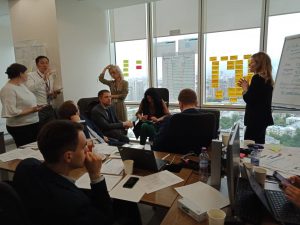 This process was painstaking, with the involvement of interpreters who would translate simultaneously while the Lab was underway. Each workstream was also co-facilitated by a Russian co-facilitator in addition to a PEMANDU Associates facilitator. This allowed the project team to gather the required input during the Lab towards preparing the final Lab report.
This process was painstaking, with the involvement of interpreters who would translate simultaneously while the Lab was underway. Each workstream was also co-facilitated by a Russian co-facilitator in addition to a PEMANDU Associates facilitator. This allowed the project team to gather the required input during the Lab towards preparing the final Lab report.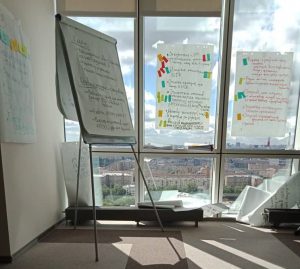 Zehan Teoh, a Senior Vice President at PEMANDU Associates who was stationed in Russia for a separate project, agrees on the importance of keeping it simple, adding that the fluency of language sometimes emerged secondary in communicating with clients and stakeholders.
Zehan Teoh, a Senior Vice President at PEMANDU Associates who was stationed in Russia for a separate project, agrees on the importance of keeping it simple, adding that the fluency of language sometimes emerged secondary in communicating with clients and stakeholders.


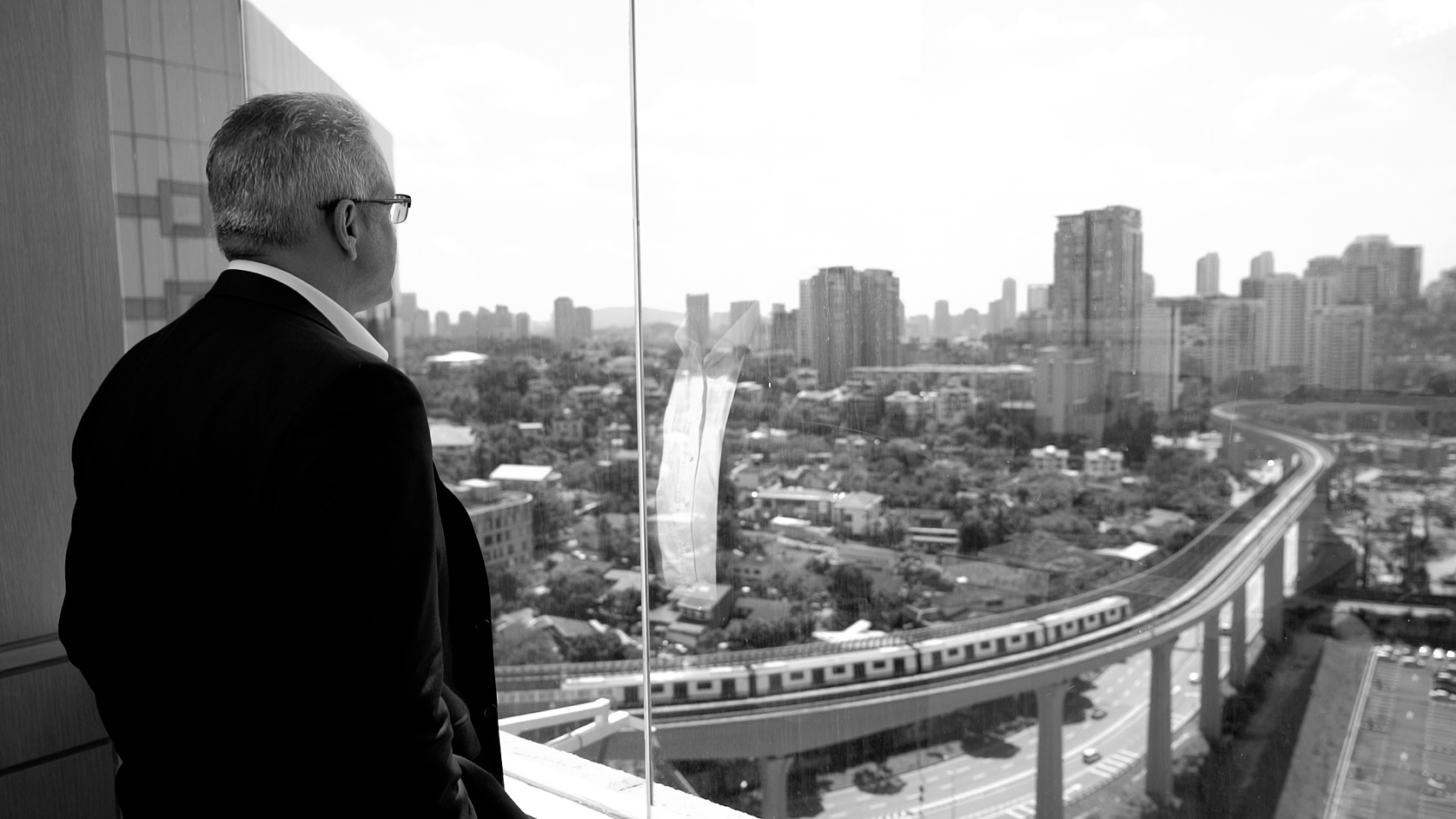
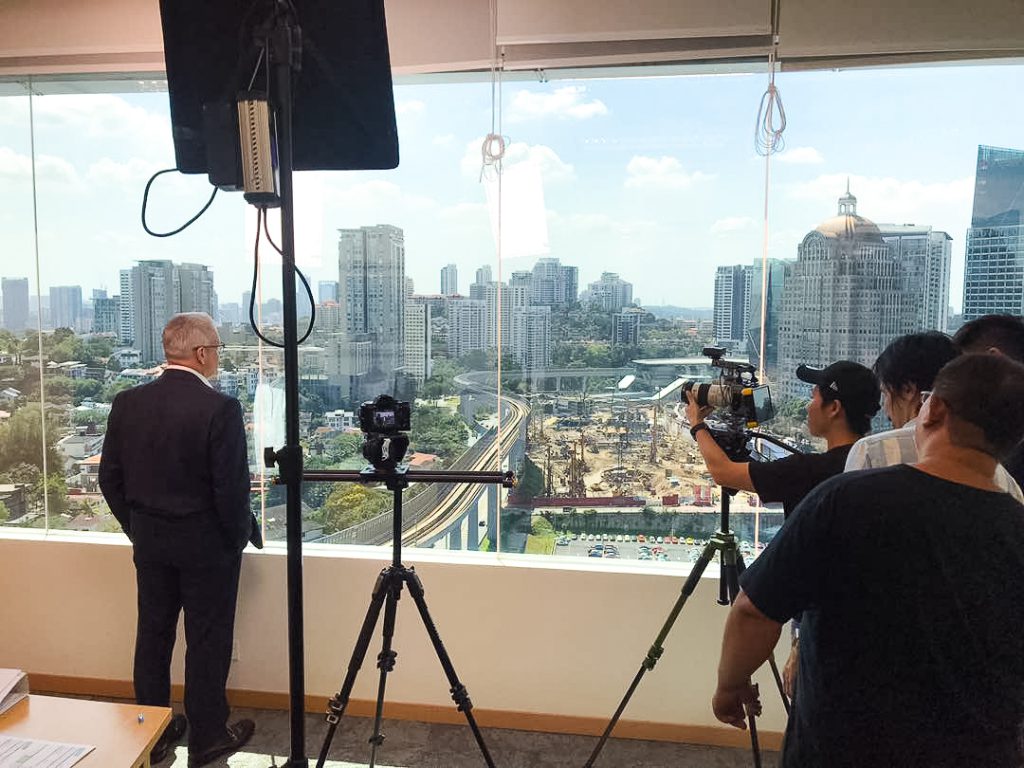 Develop content that audiences can connect to emotionally. Analytics and research illustrate that people share videos they emotionally connect to at a much higher rate than those which contain marketing fluff.
Develop content that audiences can connect to emotionally. Analytics and research illustrate that people share videos they emotionally connect to at a much higher rate than those which contain marketing fluff.

